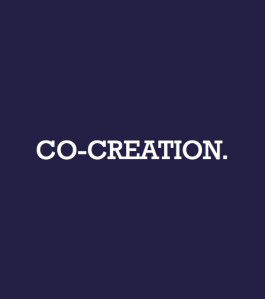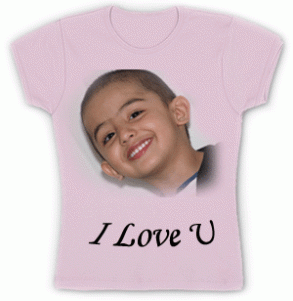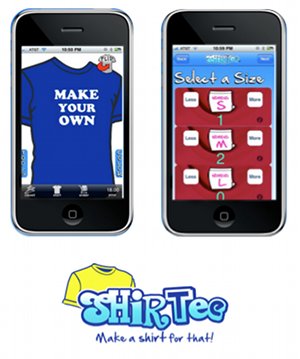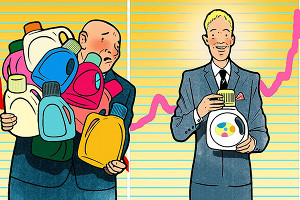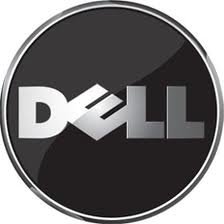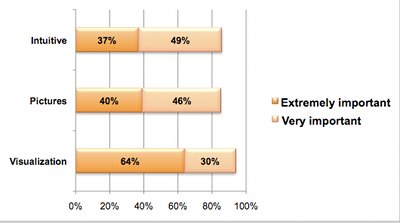As the popularity of interactive, design-your-own shopping experiences increases, new terms are becoming more common among ecommerce professionals. Here are a few key terms that anyone interested in creating online shopping experiences will need to know:
Configurable products
A configurable product is a made-to-order product that your customer assembles himself, usually online. It’s considered to be a “grouping” of many sub-products that ultimately builds one complete product. From the buyers’ perspective, he or she is buying the configuration — not the individual products that make up the configuration.
Co-creation
Co-creation is when your customer is actually creating the product he or she wants using a visual product configurator. Historically, a company will design and build many products and then publish them to their catalog in the hopes that someone will find one they like. The process of co-creation avoids the browse and search model by empowering the shopper to create their own version of the product.
Customer co-creation (originally coined in our VentureBeat article on the mass customization trend) specifies that the customer is designing their product during the shopping process.
The term co-creation can also apply to the product development process. An example is when a company hosts a focus group of customers to discuss a product concept for future development.
A related term is crowd-sourcing which implies that customers are creating user-generated content or products and selling it to other customers on the network.
Social co-creation
Social co-creation takes the concept of co-creation one step further. Customers can “share” what they’ve built or co-created with your company with Facebook friends and Twitter followers. Some may design products simply to express themselves and to inspire others. Others may be inspired by designs. Social creation is the process of community interaction in the creative process. Shopping and designing become social and viral as users play with designs and show them off to the community.
Mass customization
As opposed to mass production, which is setting up your production facilities to generate massive amounts of standardized products, mass customization involves setting up production facilities to generate massive amounts of non-standardized products, i.e. configurable products.
Bespoke products
An early example of mass customization, “Bespoke products” is a British-English term that means an item — usually clothing – custom made to the purchaser’s specifications. Unlike mass produced ready-to-wear clothes, which are made in a “one design fits all” pattern and a standardized size, and unlike made-to-measure clothes, which are custom cut to fit the customer, bespoke products are built from scratch, from the design and fabric to the final tailoring of the outfit. This term could apply to any built-from-scratch product.
Product configurator
The product configurator is the front-end tool (usually online) that your customer will use to build their configurable product, showing price changes and visual updates as the user makes selections. The configurator passes the complete order to the ecommerce shopping cart.
Personalization
In the context of ecommerce, personalization is the process of embellishing a product by uploading an image or overlaying text on a product. Personalization often implies actually designing a printable product, like a t-shirt, mug, or poster. Whereas a product configurator assembles components with a linkage system (like building blocks), personalization is the process of taking a blank canvas and actually designing a custom layout with a design tool bar.
Filed under: Uncategorized | Tagged: build-your-own, co-creation, configurator, customizer, ecommerce, mass customization, product configurator, visualization | Leave a comment »



